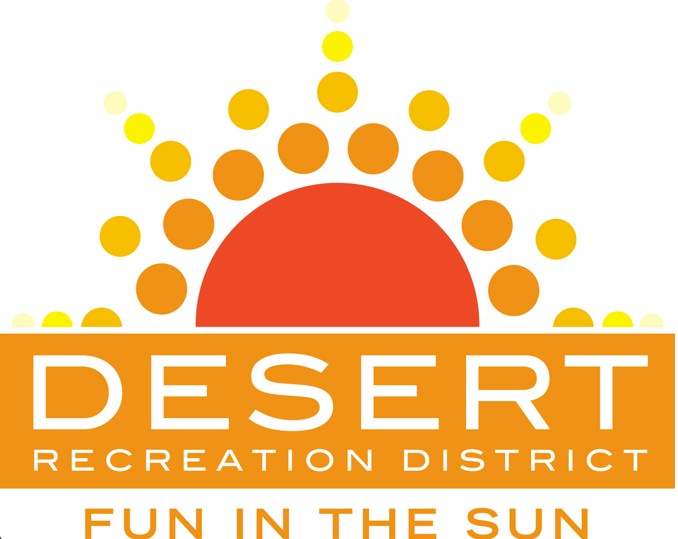“Service is not only a matter of being pleasant to customers—just as being a doctor is not only a matter of having a comforting bedside manner—but also of understanding the systems that make customer satisfaction possible.”
“Understanding how and why the whole system works is the fundamental expertise of service professionals.”
“Ideas at Work, “ Harvard business Review
January-February 1997
Just recently, our World Class Benchmarking program had the opportunity to provide a great pre-program benchmarking experience in Palm Springs for the SHRM Strategic Conference. One of our opportunities was to provide a benchmark of Desert Recreation. Often, our program benchmarks are of renown organizations such as Wynn Hotels, Mayo Clinic and McDonald’s Hamburger University. But we have had an association with this group over the years, and so we decided to try them out as a benchmark–even though no one in the group had ever heard of them.
As part of the tour, we walked through one of their recreation facilities. In many ways, there’s nothing too special. The facility is several years old–it was by no means sleek and cool. But the staff was energetic, and the place was bustling with people who were enjoying the facilities. There was something in every corner of the building, from basketball games to ballet demonstrations to gymnastics practices.
We sat down and heard from Kevin Kalman, who is general manager for Desert Recreation. His story isn’t too unlike so many other organizations that struggle to make do with less–especially when government funding is shortened year after year. The organization had long taken seriously the importance of great customer service. But after a number of years, the customer experience became one of excellent “crappy” service. What does that mean? It means that you can have the kindest, most considerate, most “go-out-of-your-way” staff available, but if there is no air conditioning in the gym, or the coach makes a no show, or there’s no room to sign up for the after school program, it doesn’t mean much.
Desert Recreation knows that it can’t just focus on the service delivery of their employees. They must look at the whole picture. We speak of this in our book, Lead With Your Customer. We note 6 Ps:
Promise: The brand promise you make to your customers. In this instance, it’s the promise of recreational opportunities that truly meet the needs of your constituents. For Desert Recreation, that meant pulling back and focusing only on those things they could really deliver on well, and what mattered most to constituents. Their annual soap box derby was one such example. It was a fun event, but it only delivered to a relatively few, and many of those were not even within the local community.
People: Those serving on the front line. They had this nailed. And honestly, I never saw such a small–and young–team of people anxious to do their best.
Place: The ‘onstage’ setting for your services and offerings. Too often the budget for maintenance was sacrificed for the sake of providing every possible program they could. Again, that tends to create a mediocre offering.
Process: The policies, procedures and rules that govern the delivery of your products and services. At Desert Recreation, it’s about what time you open and close; who can play basketball and when; how do I get a refund if I don’t like the program I’m in. What happens when a coach is absent? You have to create processes that are as flexible as the individual needs of your customers.
Product: The goods you offer to customers. Ballet, Zumba, weight rooms, and after-school care. Those are the products, but again, they are only as good as the people, place, and processes that support them.
Price: This is the tangible and intangible costs to the customer. How big a hassle is it to enroll? Is it worth getting there to work out? Am I getting value for my money?
Look at your own organization. The customer experience is not just about how “friendly” your employees are–as important as that is. It’s about over delivering on your promise through your people and place and process and product. It’s about whether the people, place, process and product is worth the price. A great customer service experience is fully integrated and delivers on its promise. There’s no cute gimmick to this. You don’t need to give them a “pickle.” You don’t need to get your employees to toss a “fish.” Neither do you need to move everyone’s “cheese.” You need to deliver on your promises and make sure that what you deliver is worth the price. To do otherwise may only provide excellent “crappy” service.
We help organizations to avoid the dilemma of excellent “crappy” service. Please contact us, and we can help your organization move forward.

